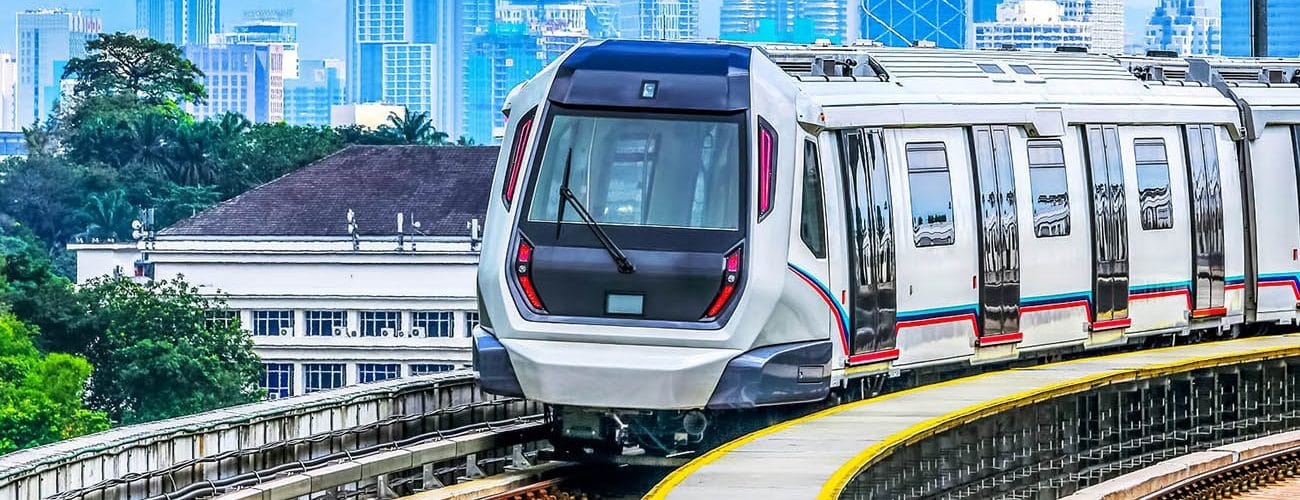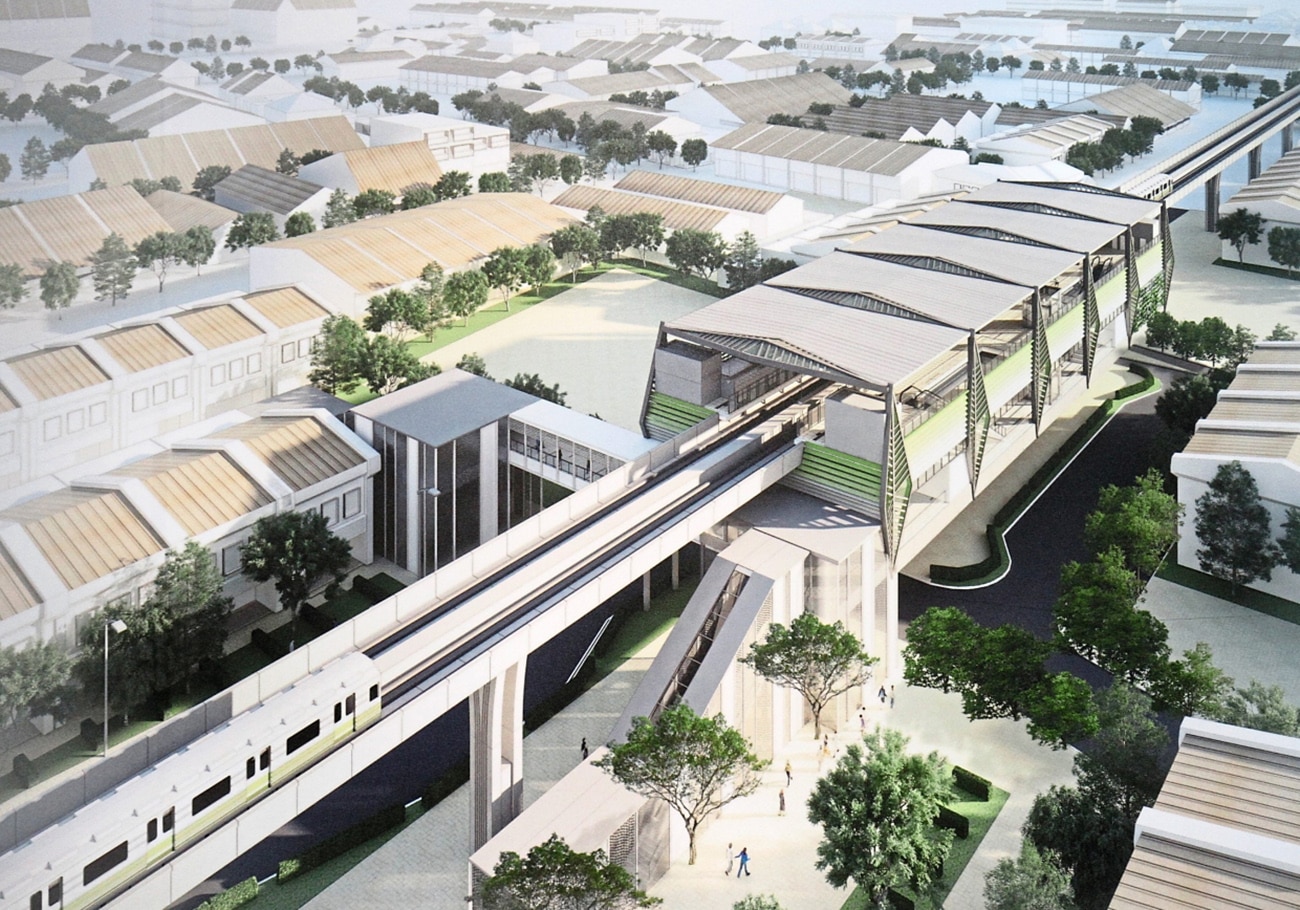
The proposed elevated Light Rail Transit (LRT) system for Penang has sparked considerable debate, with critics questioning its feasibility given the island’s population and projected ridership.
Penang’s population, approximately 800,000, falls significantly short of the threshold typically required to justify an LRT system, which is designed for cities with populations exceeding three million.
Population and demand concerns
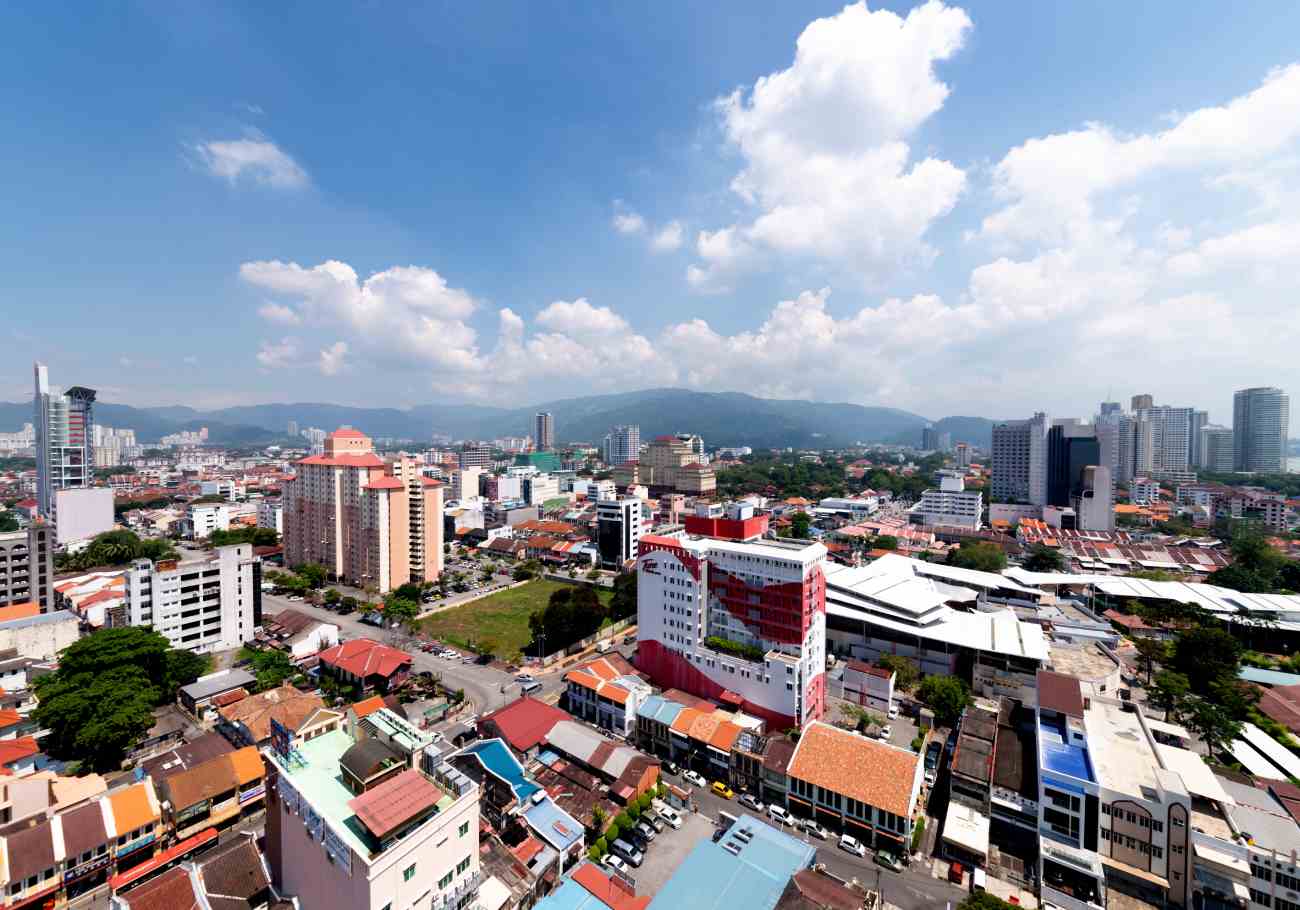
Penang state executive councillor Zairil Khir Johari recently claimed the island’s daily population, including tourists and business travellers, reaches two million.
However, this figure seems inflated considering the state’s total population, including the mainland, is just 1.7 million.
Furthermore, Penang’s population declined slightly from 1.7404 million in 2020 to 1.74 million in 2021, with a total fertility rate of only 1.3 children per woman, well below the replacement rate of 2.1.
These figures cast doubt on the projections of a population surge to 2.45 million by 2030, including the 300,000 expected on the planned artificial islands, now reduced to one.
Such population estimates are crucial, as passenger demand determines the viability of mass transit systems.
Financial and practical implications of LRT
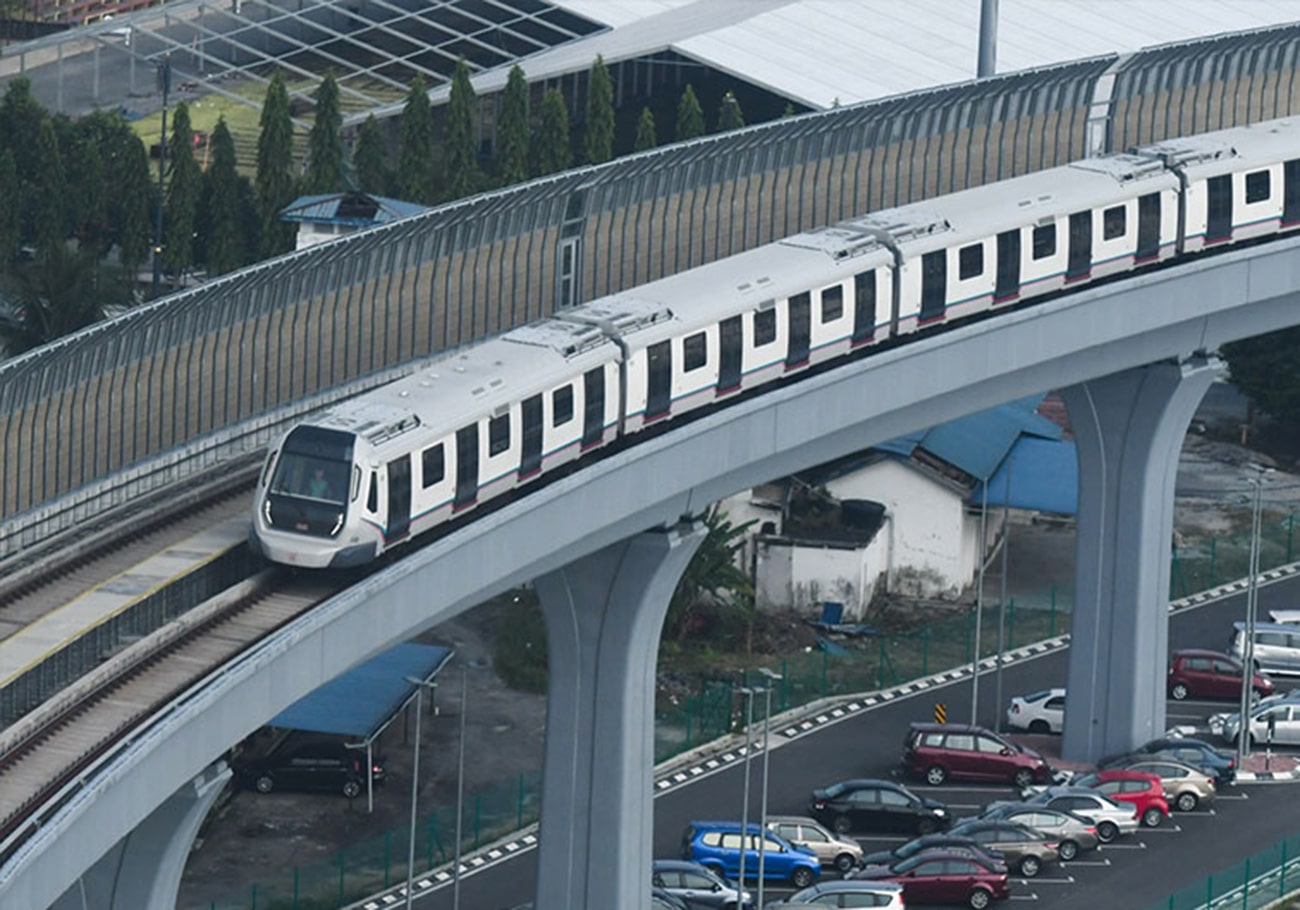
An LRT system requires a significant load factor to justify its construction costs.
Without sufficient ridership, the system will struggle financially, leading to substantial operational deficits and necessitating government subsidies.
This scenario has played out in China’s urban rail systems, where low ridership has led to significant financial losses.
Even with two-carriage trains, as Zairil suggested, the LRT’s capacity would be 8,000 passengers per hour in both directions, amounting to 128,000 passengers per day with a 16-hour operation.
Achieving this level of ridership is unlikely, given that even the larger MRT Putrajaya Line in Kuala Lumpur, serving a denser population, managed only 134,000 daily passengers in May.
In comparison, Rapid Penang buses currently carry fewer than 100,000 passengers per day across the entire state.
Alternative transport solutions
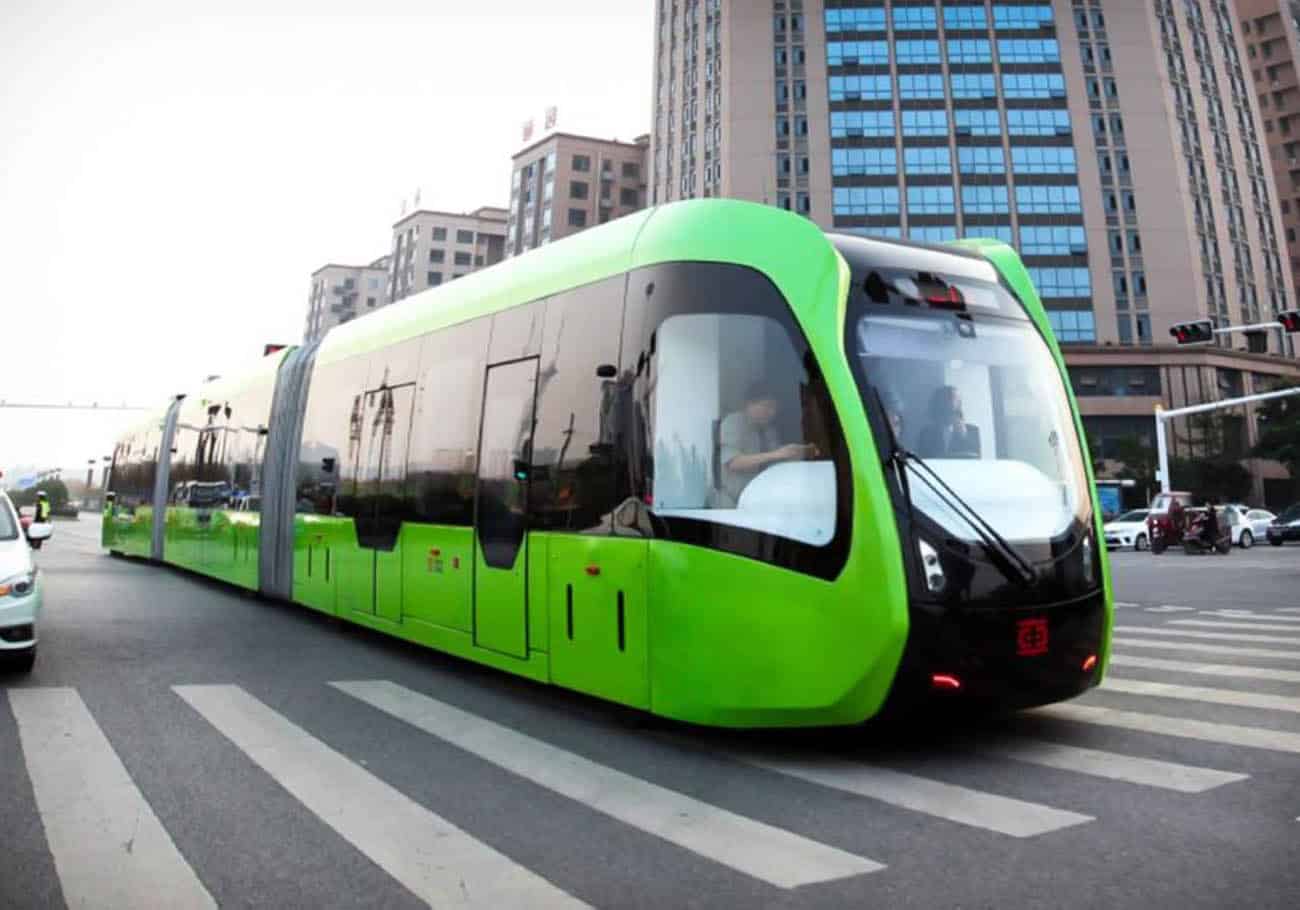
Beyond ridership concerns, the construction of an elevated LRT would disrupt George Town’s historic streetscape and occupy road space that could otherwise be used by Autonomous Rapid Transit (ART) or other vehicles.
ART and Bus Rapid Transit (BRT) systems offer several advantages over LRT, including less extensive infrastructure requirements, greater flexibility, and adaptability to changing population centres.
ART and BRT systems can be rerouted more easily and do not necessitate the large concrete structures required by LRT.
Their street-level stations are more accessible for commuters, pedestrians, and people with disabilities, and they avoid the need for lifts and escalators that require regular maintenance.
Furthermore, Penang’s current bus fleet, comprising only 200-300 buses, is insufficient compared to the extensive bus system in Singapore, which supported its MRT development.
Instead of focusing on a potentially unsustainable LRT system, funds could be better spent enhancing Rapid Penang’s bus services and integrating demand-responsive technology with smaller new buses.
This article first appeared on Aliran. Republished with permission.


